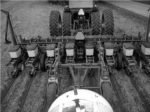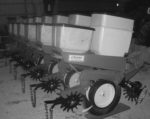Purchasing A Sprayer: Demystifying The Payback
Because many farmers have relied on custom applicators, justifying a sprayer investment is a new exercise. Here are some considerations, and tools, to help make an informed decision.
Read More











